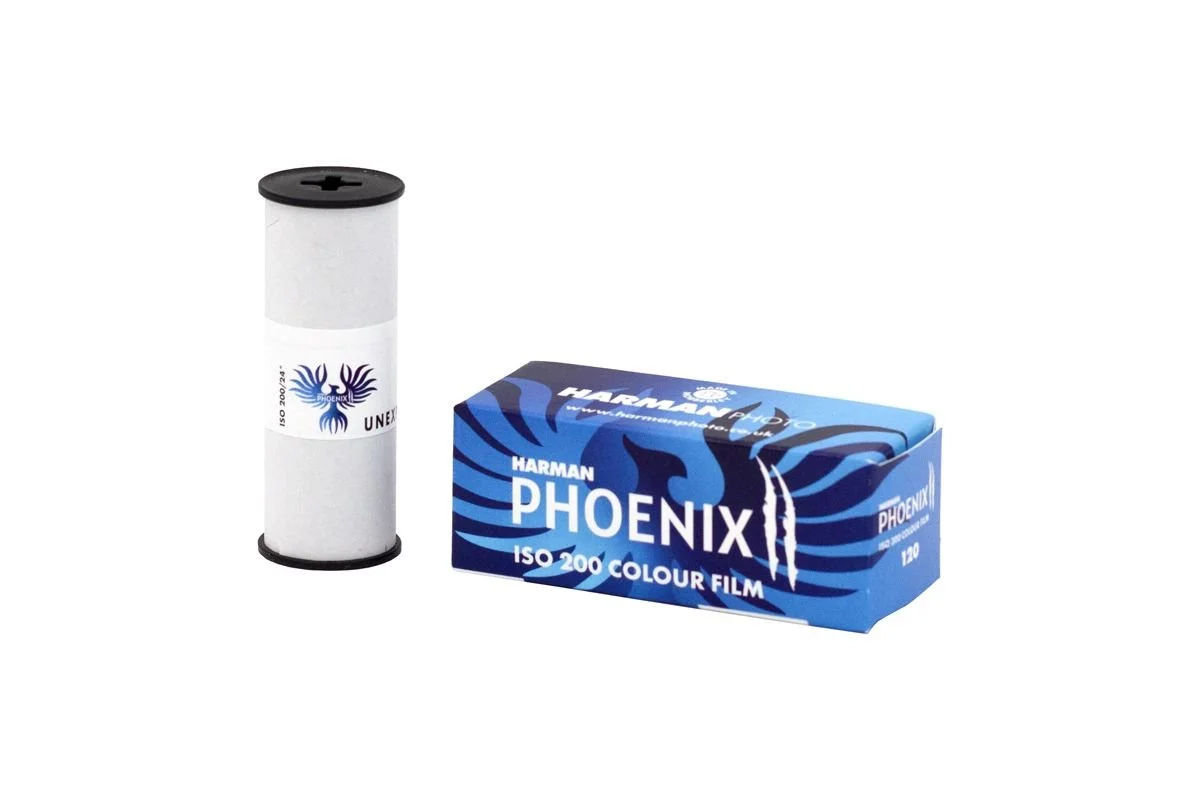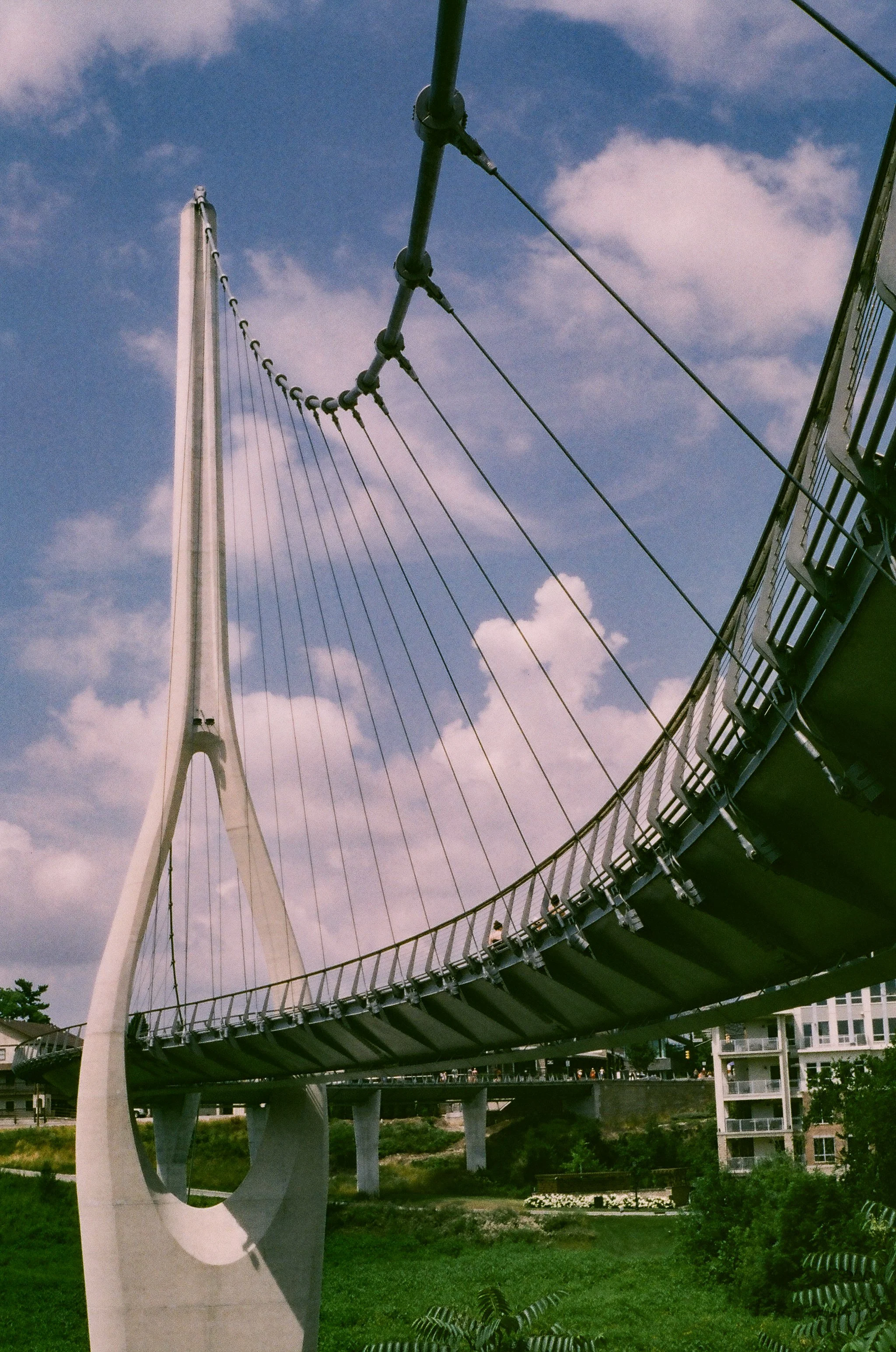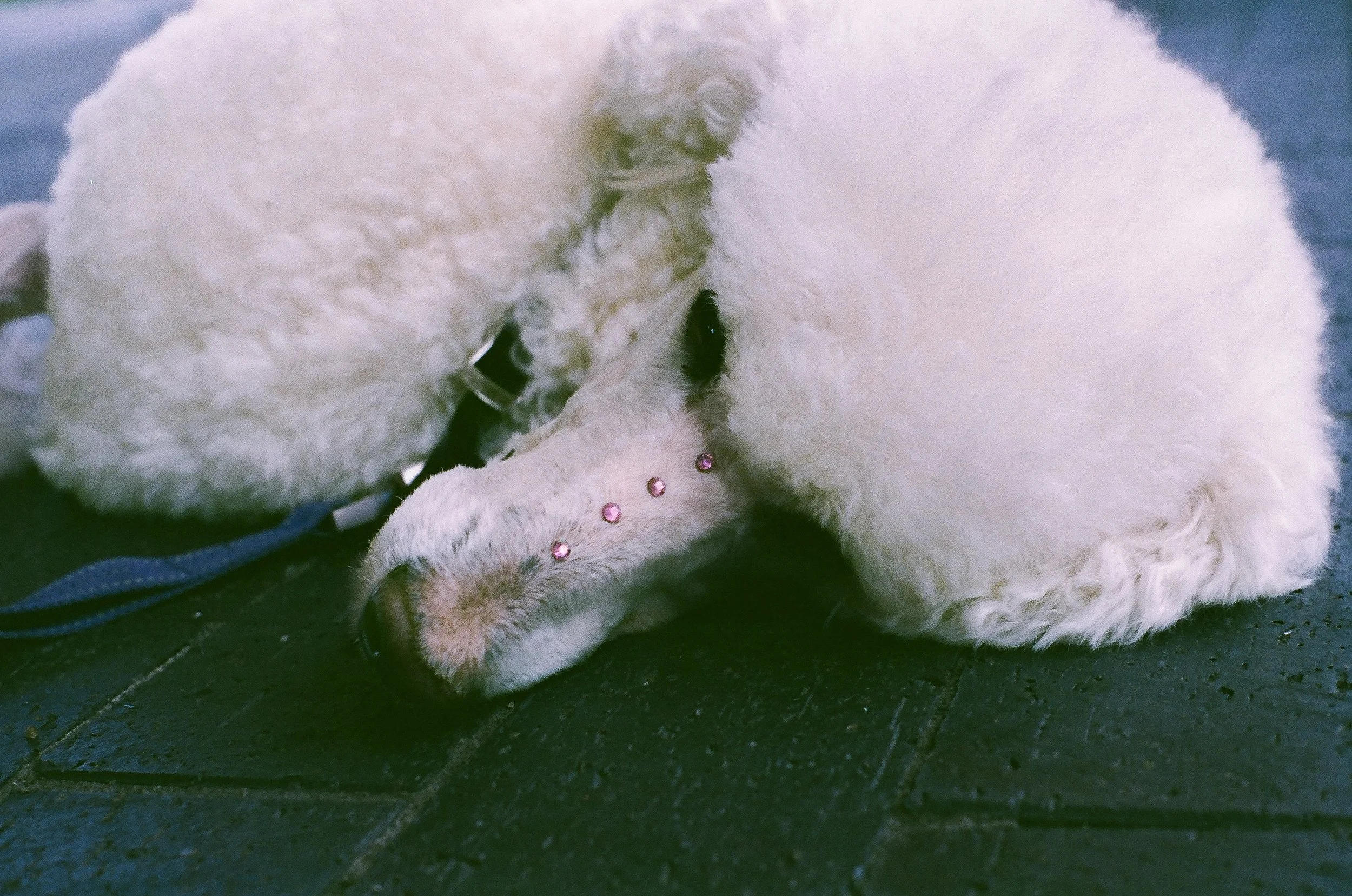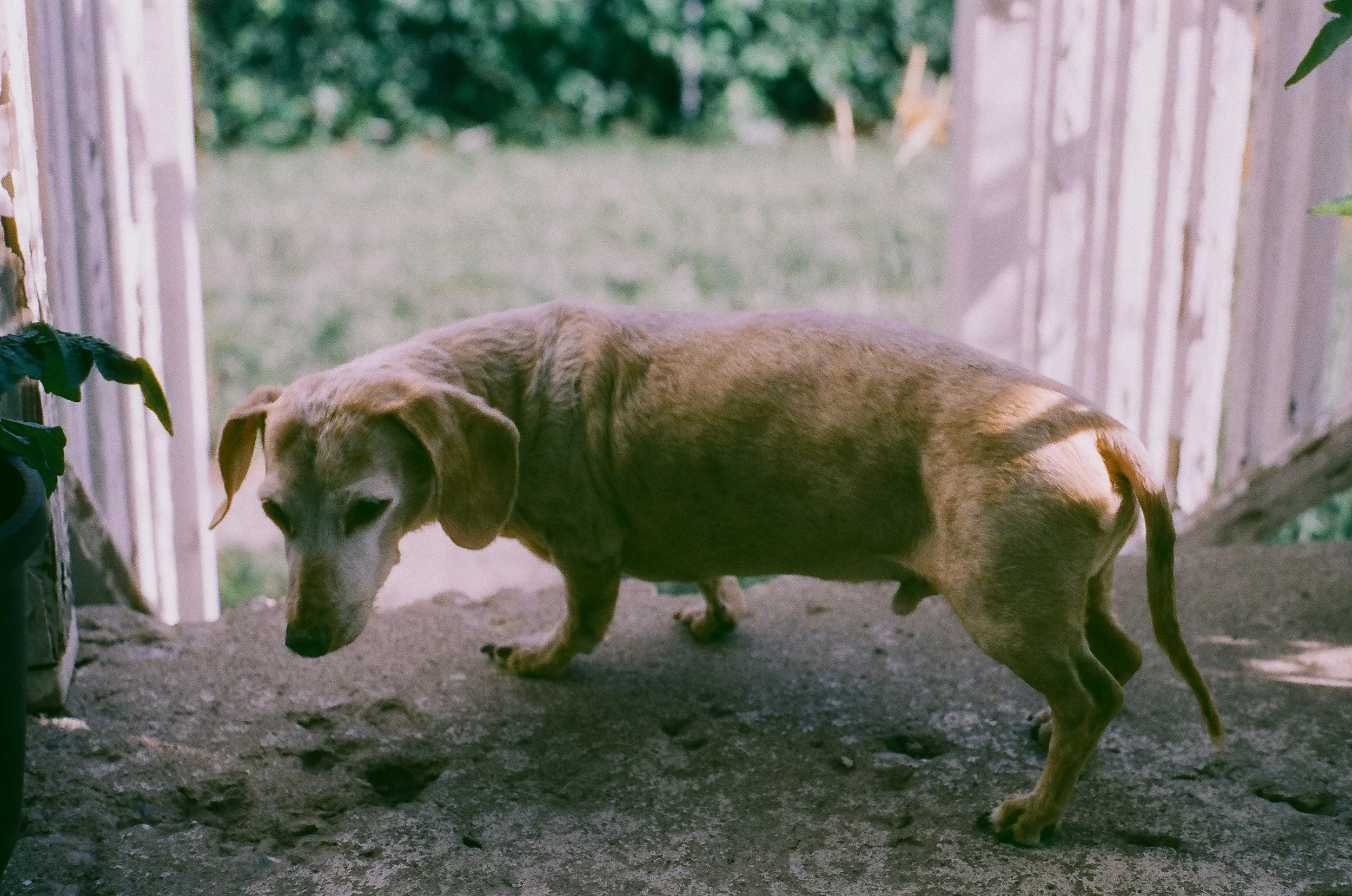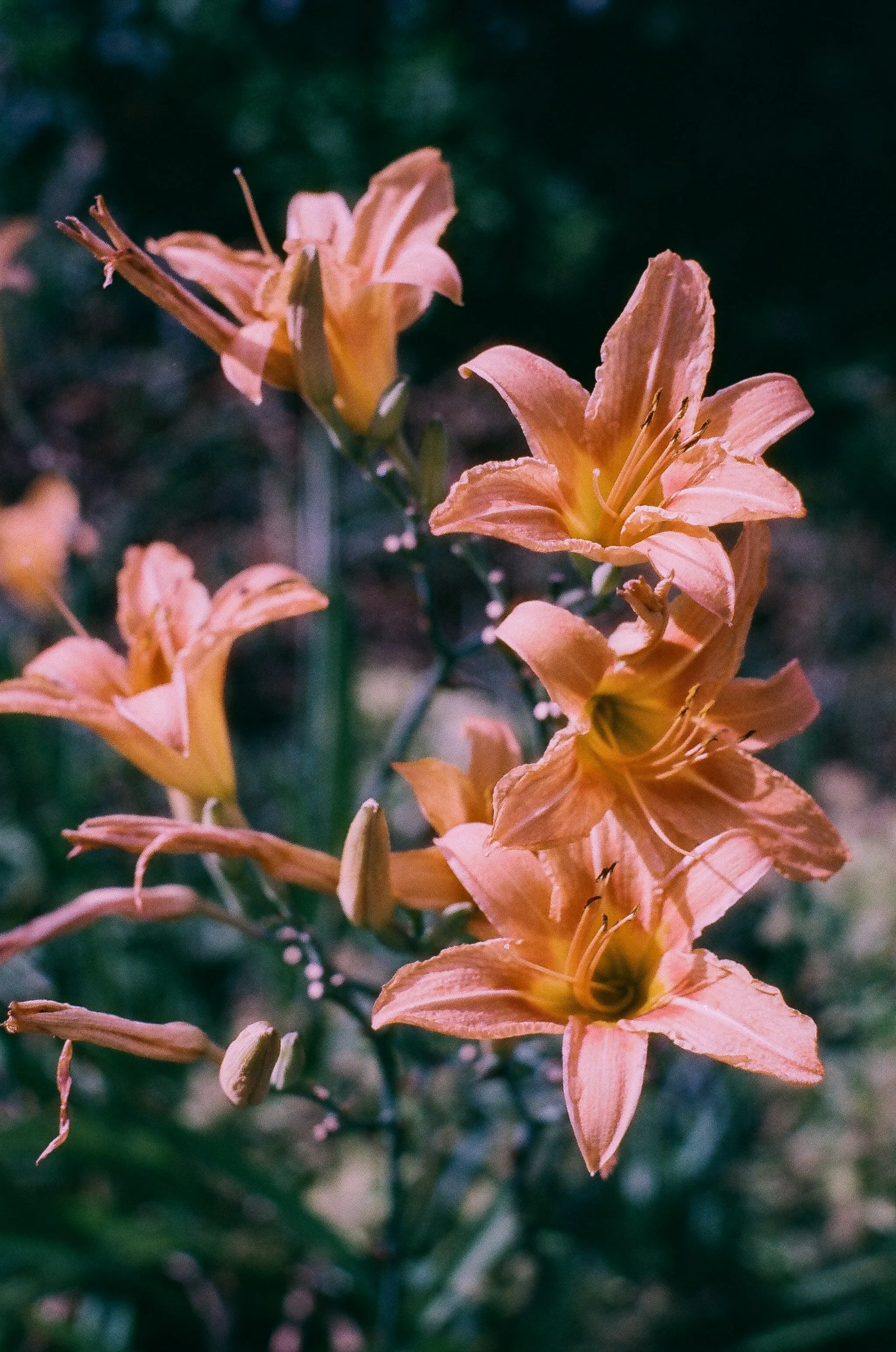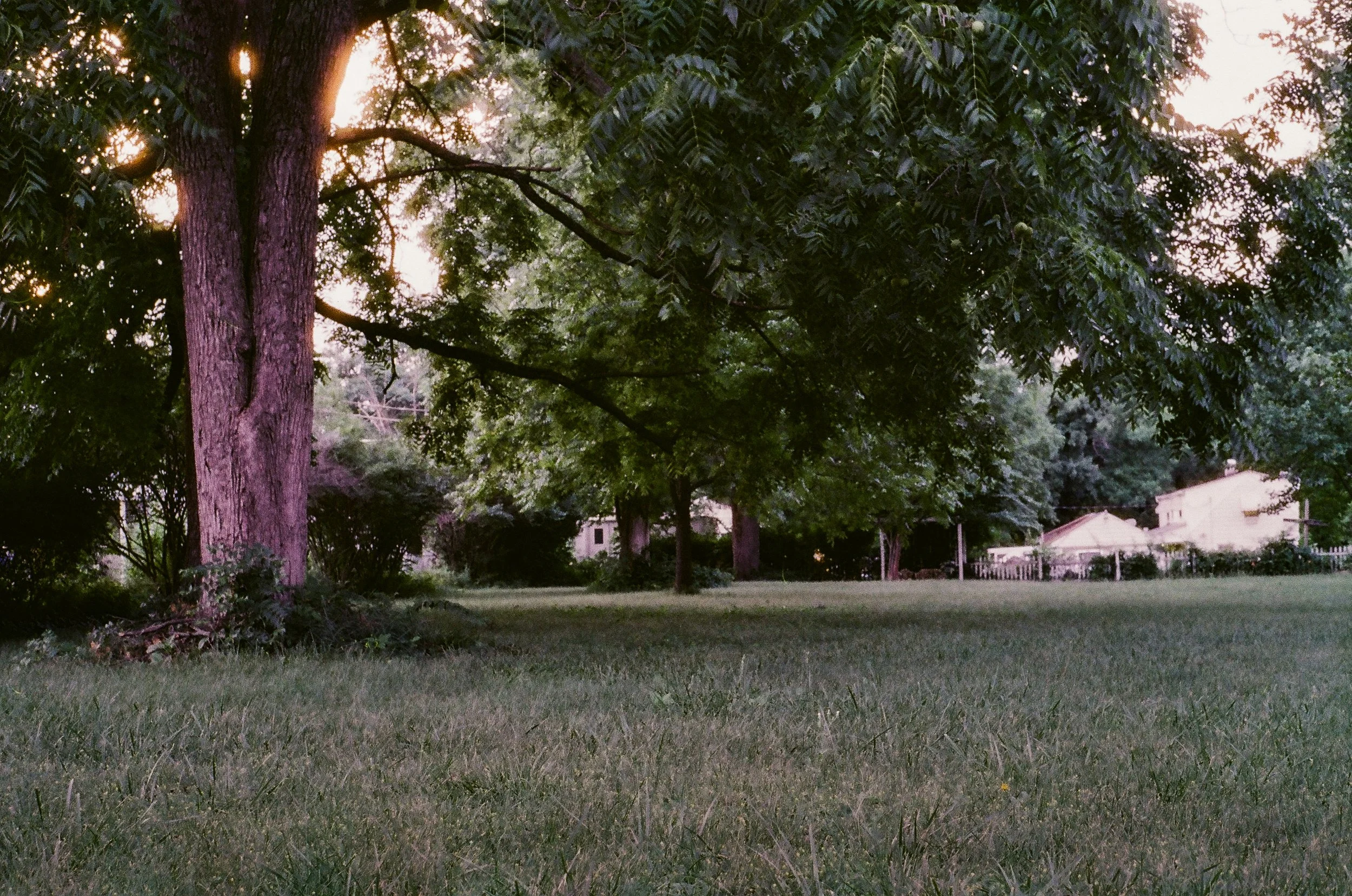Harman Phoenix II: The Experiment Continues
Back in December of 2023, Harman Photo tossed a curve ball to the world of film photography with the introduction of their experimental color emulsion, Phoenix. It was a color negative film (C41 process) with a purple base, low fidelity everything, and a charming warm glow. Many folks in the film community, myself included, were puzzled by this new color negative film. At the time only a handful of labs had the ability to scan it, and for a while it was only available in 35mm. Since then, and Harman has garnered itself a loyal fan base and a growing fleet of Phoenix roll films, including 120/medium format and Harman Red, a red scale version of the original Phoenix. That brings us to today, where Harman is releasing their latest in the color line, Phoenix II.
Harman was kind enough to send me a pre-release care package containing Phoenix II in 35mm and well as 120/medium format. Let’s take a look at how both sizes of Phoenix II handle and I’ll share some of my first rolls’ experiences in the galleries below. Oh, and if you don’t like reading further, there’s the YouTube review video pinned to the top of this post.
Phoenix II 35mm roll film, available in 36 exposure DX coded cartridges. USA MSRP $13.99
Harman Phoenix II 120 medium format roll film. USA MSRP $11.99
35mm
My first test roll of Phoenix II was the 35mm version run through old faithful, my Pentax K1000 with 50mm f/2 lens. This was the same combo I used for testing the first Phoenix, it was only fair to treat version 2.0 the same. It was an egregiously hot early July day, but the sun was out and there was a local dog event to attend. I loaded up my partner Laur and our 2.5 year old borzoi, Echo, and headed to Dublin Ohio’s Bridge Park where a large number of local dog shelters, veterinarians, and pet shops were gathering for the day. Due to the 95F+ heat, we didn’t stay as long as we typically would, and there was just enough relief in the form of tents, fans, and cold water to keep all the humans and dogs going.
I’m not a big test chart and calibration kind of guy, so for this test roll, my aim was to capture a variety of photos in both subject matter and lighting conditions. In my intro letter from Harman that came with the film samples, Harman stated that this film had improved sharpness and slightly better dynamic range. Same box speed as last time, ISO 200, though Harman admitted that you may find better results rating it a bit slower; last time around, ISO 125 was found to be the sweet spot by many testers. With that in mind, I set the internal meter of the K1000 to 125 and didn’t think twice about it.
There are plenty of similarities between the original Phoenix and Phoenix II, the biggest of which to me is that this color negative film shoots like an expired slide/E6/positive film. It has a warm color wash throughout the frame, has pronounced grain, and doesn’t have a ton of wiggle room for over/under exposure. Phoenix II has a touch more sharpness than its predecessor, but I found myself stopping down quite a bit more than normal just to see the difference. My Bridge Park architecture shots were both made at f/11 and look decently sharp, but only enough for digital screens up to ~ 8x10” print size equivalent. There’s still a good amount of grain present throughout the frame and it’s a bit more controlled than the first Phoenix.
All the film shown in my galleries here was processed by my local lab Midwest Photo, and the lab scans were done on a Noritsu with final touches done by myself in Photoshop Lightroom. Speaking of the edits, some of the hardest time I had with this film was the lab scanner’s interpretation of color in the shadows. Even with the updated scanning data provided by Harman, mid-tone and shadow areas of nearly all images have a yellow-greenish tint that can be difficult to color grade. In direct sunlight, this daylight balanced film is more at home. It becomes a bit more stubborn to work with in mixed lighting and dealing with reflected light from greenery like grass and trees.
In backlit scenes where your subject is in shadow, I’d recommend utilizing some sort of fill light either from a flash or reflector. In natural light like I was working with, you’ll have to overexpose the background by 1.5-2 stops to get adequate detail in your subject. With Phoenix II, this often means blown out skies, but a lovely warm halation in those “crispy” highlights. The 4th and 15th shots in the gallery above demonstrate this quality of Phoenix II the best. Personally I really like the “glow” of the setting sun in the last frame in the gallery. Here I was testing out the long exposure aspects of Phoenix II, which needs quite a bit of exposure compensation in lower light scenarios. For this photo my meter was indicating 30 sec. of exposure, and according to Harman’s datasheet, I needed to expose for 90 sec. to compensate. Oh, and those little blurry yellow bits in the grass are from the neighborhood fireflies, there were so many blinking during that long exposure!
This roll of 35mm wasn’t all sunshine and rainbows, there were plenty of off-compositions, blurry shots, and few frames that using identical camera settings seemed to have a completely different color once scanned. Hopefully this isn’t a common feature on the new Phoenix II, but given how Harman keeps referring to this film as experimental, you may want to shoot a few more frames per roll on those extra important photos. Even considering the minor problems with my first roll, Phoenix II had already left me with a better impression than original Phoenix. Let’s move on to the medium format roll!
Medium Format
For my 120 roll of Harman Phoenix II, I headed over to the Milo Grogan neighborhood of Columbus, OH to visit my good buddy Tariq Tarey at his studio. There was a whole shoot that we had setup, but alas some last minute cancellations by the booked talent meant we had the photo studio all to ourselves. Since this time around Tariq and I had a larger format roll of film to shoot, we loaded up the Phoenix II into a Fujifilm GW670II, a wide-angle medium format rangefinder camera. Equipped with a fixed 90mm f/3.5 and leaf shutter, this hefty 120 rangefinder was decently suited for the task of studio portraits and walking around the neighborhood. Our goal for the studio portion of this roll was simple, two lighting setups with different backgrounds, contrast, and skin tones.
First up for the studio setup was a simple one-light portrait with a 3x4’ softbox placed at 11-o'clock and ~1m from the sitting subject. The light was metered for f/6.3 @ ISO 125 against one of Tariq’s soft green hand-painted backdrops. The first three frames from the gallery below are from lighting setup #1, and they didn’t turn out too bad. Contrast was still considerably higher than the scene actually was, with shadows falling off dramatically to camera-right on the subject. In the two closer portraits of Tariq, he’s positioned a little bit further onto the posing table than my portrait, which might account for the steeper light falloff on my “grabbing the table” shot. After a couple of minutes taking turns updating each other’s profile pictures, we moved on to Tariq’s white cyclorama backdrop, pulling the key light further back to ~2m to “flatten” out the contrast, but still give some grey to the backdrop. Photographers testing film, holding film cameras, and taking each other’s picture, this was practically a film meetup! Here Harman Phoenix II performed a little bit better, and predictably so. “Flatter” light is has lower contrast, and when paired with a film that has less dynamic range like Phoenix II, it has a pretty nice look. That yellow-green cast was still present here in the medium format scans, and for the what’s shown in the gallery I’ve color graded the shadows and mid-tones blue to counteract the “juandiced” effect of Phoenix II’s shadows.
With only two frames remaining, I hit the curb and walked around a block of the Milo Arts District. If I couldn’t demonstrate Phoenix II’s color here, I either had the lens cap on or I wasn’t trying! The area around the 934 Gallery was plastered with bright, colorful murals from dozens of local and nationally recognized artists. Just like the studio tests, I wanted to try out some direct lighting as well as more subdued and back-lighting. The backlit photograph of the alleyway at 934 had a lovely warmth in the overexposed regions, while the shadows moved from yellow to green once again. Compared to original Phoenix, the new version held a bit more highlight detail, I’d estimate one extra f-stop (there’s a tinge of blue in the far right corner). My final medium format shot was about as textbook a Sunny-16 photograph as one could make. The mid-evening sun was shining directly on the 934 gallery and adjacent buildings, and everything in direct sun had a beautiful pop of color. The f/11 aperture really helped to show off the improved sharpness of Phoenix II, and here the shadows had more usable color information and good color depth.
Final Thoughts
Harman is doing exactly what they promised us back in 2023 with the launch of Phoenix. They’re continuing to improve on their color emulsions, and taking in customer and lab feedback along the way. True research and development on new products is not a fast or straightforward process. Few manufacturers in the world even have the capability nor the investor will to take on such a risk. If you’re someone that enjoys shooting film and wants to see the hobby continue to thrive, you know what to do. Pick up a couple of rolls of Phoenix II and see what kind of cool images you can make. Sure, this film is a bit more expensive than a roll of Kodak Gold, and kind of looks like expired film, and has the dynamic range of E6 film, but it is truly something unique. If you’re a fan of the original Phoneix, Harman has stated that they plan to sell through the original batch of film, while supplies last. For now they’ve left open the possibility to re-print Phoenix, but nothing concrete. I suspect, though, that fans of the original may also really like it’s slightly sharper brother, Phoenix II.

